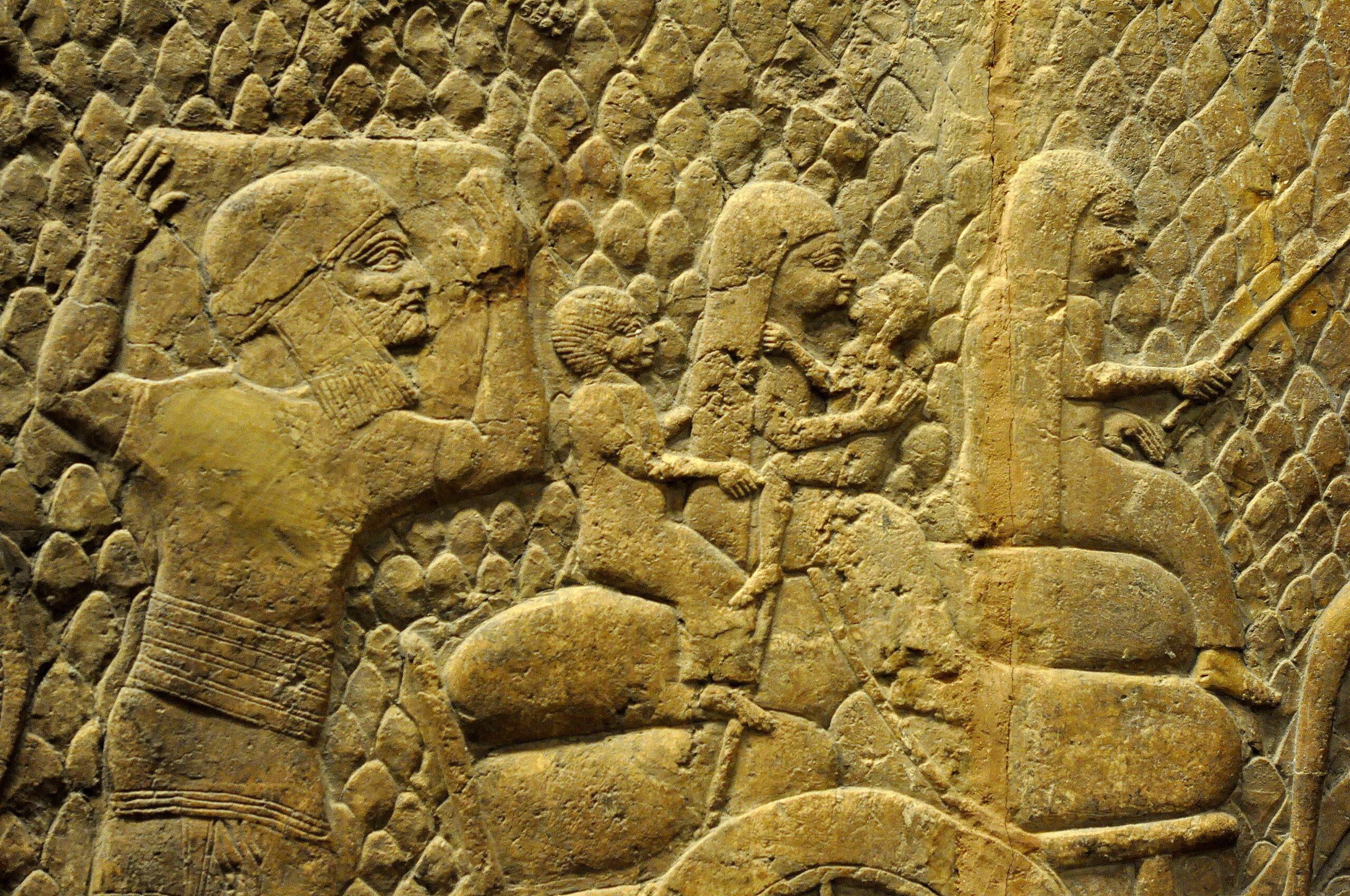Many of the most fundamental ideas of the Hebrew religion go back to the days when the Hebrews were still nomads, before they had adopted a settled life. From the nomadic period of Hebrew life come the feast of Passover, with its offering of a spring lamb and of unleavened bread; the keeping of a sabbath or holy day on the seventh day of the week; an annual day of expiation (Yom Kippur); and other holy days still honored by Jews in our own time.
Three fundamental aspects of Judaism were expressed in the Hebrew god’s commandments to Moses on Mount Sinai “Thou shalt have no other gods before me,” “Thou shalt not make unto thee any graven image,” and “Thou shalt not take the name of the Lord thy God in vain.”
The religion of the Hebrews was monotheistic, recognizing only a single god. Despite the experiment of Akhenaten in Egypt and a few Babylonian texts that try to associate all divine power with Marduk alone, the Jews were the first to insist that their god was the only god and a universal god. Furthermore, the Jews were forbidden to represent this god in sculpture or painting. More than that, they were forbidden to make any images of living beings, flesh, fish, or fowl-no doubt because their leaders feared that if they did make such images, they would end by worshiping them. Finally, the religion of the Hebrews regarded the name of god-Yahweh or Jehovah, meaning “he causes to be,” or “the creator”-as literally not to be spoken.
The Bible teems with episodes in which the Hebrews broke away from the worship of their one god, tried to propitiate other gods, and were punished. Yet however often they disobeyed, the first commandment remained the central feature of their religion. Jehovah himself was human in form though not visible to the human eye. Unlike the gods of all other peoples, he did not lead a human life; he had no family; he dwelt not in a palace but in heaven. When he wished to speak to the leader of his people, he descended onto a mountaintop (Mount Sinai) or into a burning bush or into the space between golden cherubim set atop a sacred wooden box in which the Ten Commandments, transcribed on two tablets of stone, were kept.
This box was the ark of the covenant, built by artisans to the orders of Moses as relayed to him by his god. The covenant was the pact between god himself and his chosen people, all the tribes of the Hebrews in confederation, held together by their regard for this most sacred of objects. The ark moved with the Hebrews, first into the hill country of Shiloh, where the coastal Philistines captured it about 1050 B.C., and ultimately into a temple built for it by Solomon in Jerusalem.
There were prophets among the Jews from the beginning. Summoning the people to return to the original purity of the faith, they sought to avoid the paganism that would threaten if Canaanite influences continued. In ecstasy perhaps brought on by dances, they warned of fearful punishment to come if the people did not heed them. After the punishment, however, Israel would rise again, and a descendant of David’s would appear as a Messiah, a savior, to usher in a new golden age.
The punishment came with deportation into Babylonian captivity and the abandonment of Jerusalem. With the prophecies of evil fulfilled, the prophet Ezekiel had a vision of new life being breathed into the dead bones of Israel, and he urged all to prepare for its restoration. When the captivity was over, the priests became the dominant figures in the restored community, with its rebuilt temple but without a state of its own.
There was much about Hebrew society that recalls what we have already observed about the other peoples of the ancient Near East. The father exercised supreme authority within the family; polygamy and divorce were permitted; and, as among the Hittites, a widow married her dead husband’s brother. The Hebrews had slaves, but a Hebrew slave could be made to serve no more than six years.
A man who had injured his slave was required to set him or her free. Otherwise the law of an eye for an eye, a tooth for a tooth, held sway. Yet the general prescriptions- such as the commandments-and even some specific regulations-not to wrong strangers, not to exact usurious interest for a loan, to help one’s enemies as well as one’s friends-strike an ethical note as deep as any found in the earlier Mesopotamian Near East, and presage other principles that would eventually emerge from Hebrew society.

